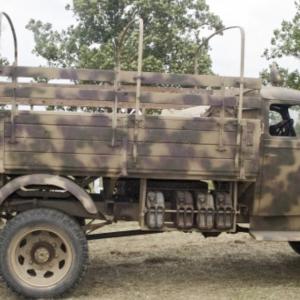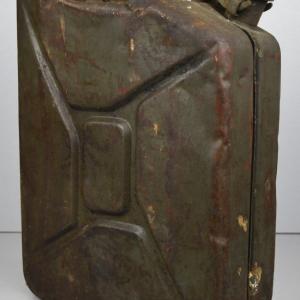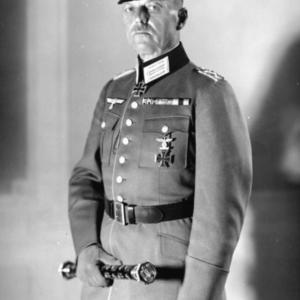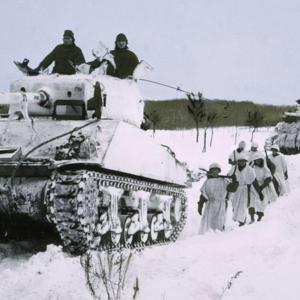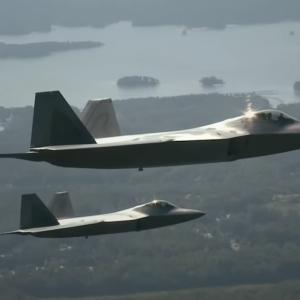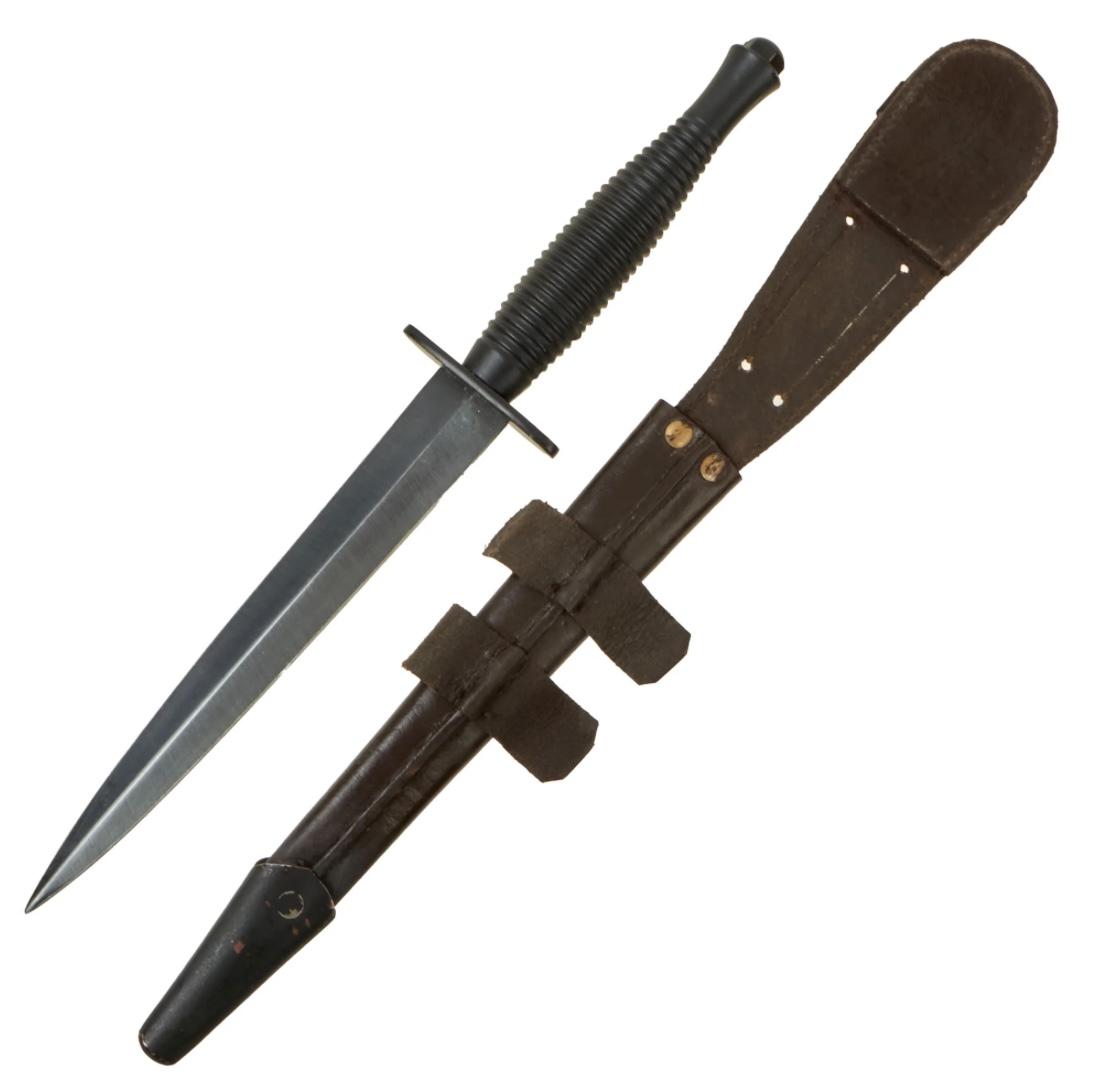
British Commando Dagger
The commando dagger that became an emblem of British special operations in the Second World War is more properly known as the Fairbairn–Sykes fighting knife. It is a slim, double-edged stiletto designed specifically for close-quarters fighting, and its form and symbolism influenced elite forces worldwide.
The knife’s design grew out of real-world street fighting experience. William E. Fairbairn and Eric A. Sykes were former Shanghai Municipal Police officers who had developed and taught a brutal, practical system of hand-to-hand combat and close-quarters techniques in the 1920s and 1930s. When war loomed, their philosophy and designs were a natural fit for soldiers who would need to operate behind enemy lines. Fairbairn and Sykes collaborated on a fighting knife optimized for thrusting attacks: narrow, rigid, sharply tapered, and balanced to be used as an offensive weapon in confined spaces. The resultant blade emphasized penetration and minimal weight rather than utility tasks; it was a purpose-built weapon for silent, lethal action.
From design to battlefield, the Fairbairn–Sykes knife entered British service in the early years of WWII and quickly became associated with the newly formed Commandos, as well as other special units such as the Special Boat Service and the Special Air Service. The War Office and Combined Operations recognized the value of a standard fighting knife for units trained in unarmed combat and small-unit infiltration tactics, and the Fairbairn–Sykes profile became the accepted pattern.
The standard Fairbairn–Sykes knife measured approximately 11.5 inches in total length, with a 7-inch double-edged blade and a 4.5-inch handle. The blade was typically narrow and sharply tapered to a needle-like point, often with a diamond cross-section. The handle, usually made from brass or occasionally other metals, was turned with concentric rings for grip and balance. The guard was small and functional, preventing the hand from slipping forward. The entire weapon was designed for ease of draw, fast handling, and deadly efficiency at close range.
The dagger quickly became more than just a tool; it was a symbol of elite military status. For Royal Marines Commandos, who were trained for amphibious raids, sabotage, and infiltration, the knife represented both function and identity. It featured prominently in training, equipment layouts, and the ethos of silent, decisive combat. Its silhouette became iconic—seen in photographs, memorials, and ceremonial use long after the war. Though later combat and technology evolved, the Fairbairn–Sykes knife remained woven into the heritage of special forces, valued as much for what it stood for as what it could do.

